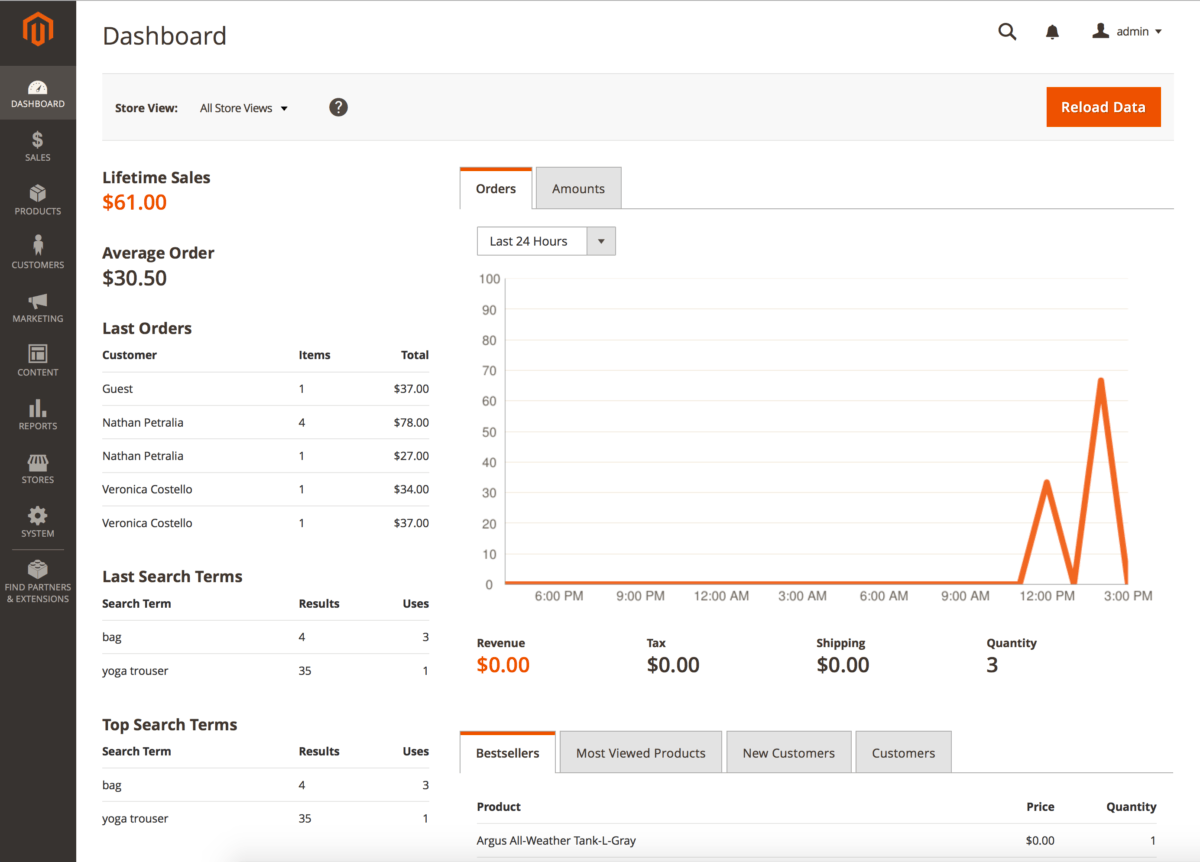They say that you can’t teach an old dog new tricks. Well, that’s certainly not the case when it comes to Magento. The hugely popular open source ecommerce platform has had a fresh new makeover, but is the shiny new Magento 2 worth the hype, or should you stick with the steady, old faithful Magento 1?
Our developers have taken a peek under the hood of the latest model to explore how the two options stack up…
Why Magento matters
First things first, let’s take a broader look at the platform as a whole and recap exactly what makes Magento so special. Launched in 2008, Magento 1 filled a gaping gap in the market. Whether they knew it or not, SMEs (Small & Medium-sized Enterprises) were crying out for an ecommerce solution they could control, tailor to fit their precise specifications and even host themselves.
Magento 1 filled the gap admirably. The freshly cooked-up open source ecommerce platform was designed specifically with SMEs in mind and its open source foundation spawned a whole community of developers and dev shops. This community is still building new, innovations for the platform today, constantly adding to Magento’s versatility and abilities.
Today more than a quarter of all ecommerce shops in the world use Magento, but after eight years on the market, an update was well overdue…
Introducing… Magento 2!
Magento 2 was released in November 2015, heralding “a new era of commerce innovation.” Offering businesses enhanced performance and scalability, the new incarnation of Magento boasted new features designed to help sellers boost their conversion rates and their productivity.
With more extensive APIs for better connectivity with third party applications, greater flexibility, more options for customisation, more personalised shopping journeys, more responsive designs and enhanced business tools, Magento 2 may sound like the obvious choice over its ancestor Magento 1, but many SMEs face a quandary when deciding between the two or deciding whether to upgrade.
To make your choice easier, we’ve peered beneath the bonnet of both Magento senior and Magento junior to flag up the key differences.
Headline updates
Let’s hit the ground running with the shiny new toys you should be aware of. There’s no denying that Magento 2 has many more of-the-moment tools and tricks in comparison to Magento 1. The key improvements you should be aware of are:
- A more user-friendly approach
- Streamlined checkout
- Performance enhancement
- New shopper experience features
- Framework improvements
- Quarterly platform updates
There’s also a lot of up-to-date kit incorporated into Magento 2, which makes Magento 1 look like a little bit of a dowdy dinosaur (albeit a very functional one). Key new technologies you’ll find in Magento 2 include:
- Support for PHP 7
- Varnish (full page caching which enables speedy performance right out-of-the-box)
- Redis
- Modern JS Stack
- RabbitMQ
- Solr
- PHPUnit
- Composer (for managing dependencies)
Will all this shiny new kit in mind, it’s time to delve into how both versions of this platform perform in other areas…
Performance: Which version wins the pace race?
One the the biggest problems users have faced with Magento 1 is performance. Often slow both behind the scenes and from the customer’s side of the counter, the first incarnation of Magento wasn’t the speediest platform to work with.
Magento 2 has made significant improvements designed to tackle this issue, making an upgrade well worthwhile if the speed of Magento 1 was proving problematic for you. Crucial performance-boosting improvements to Magento 2 include:
- Modern PHP support
Magento 2 officially supports the latest PHP versions (from version 5.5.X upwards, including PHP 7). These versions are jam-packed with security fixes and improvements which make a bit difference to the speed of Magento 2 sites. If you’d like to know more about choosing the right PHP framework for your project, we’ve written up a handy little guide. As far as Magento 2 is concerned, however, PHP 7 is absolutely the right option. - Varnish Cache
Magento 2 gives customers the power to use Varnish Cache right out of the box. In Magento 1, this hugely helpful HTTP accelerator (ideal for speeding up content-rich dynamic web sites) had to be installed as a third party application. In Magento 2, you can use it from the get-go! - Minimised JavaScript
Further speed-boosting updates have been made in Magento 2 with the minimisation and bundling of JavaScript libraries. This welcome change has significantly reduced unnecessary browser operations on the clients’ side, speeding up processes across the board. - Image compression and browser caching
Magento 2 features in-built tools allowing users to compress images directly on the server. In Magento 1, images had to be compressed manually. The browser caching process for static content has also been radically improved making Magento 2 much, much “whizzier” all round.

Server: Are you tough enough for Magento 2?
While Magento 2 packs plenty of pace, when it comes to the speedy new update, if your server can’t hack the heat, you may need to get out of the kitchen and stick to Magento 1.
Magento 2 calls for a more powerful server if it’s going to perform to its full capabilities – or even at the same level as Magento 1. The need for additional CPU resources will make server hosting much more expensive for users, raising costs to seven times the price of a server sufficient for Magento 1.
In technical terms, Magento 1 performance on C4.XLARGE (£0.18/h) matches the performance of Magento 2 performance on C4.8XLARGE (£1.27/h), making the latter a much costlier enterprise.
Which should you choose?
- Choose Magento 1 if your needs are relatively simple and you value cost-effectiveness over bells and whistles.
- Choose Magento 2 if you want a faster platform with significantly more of-the-moment tools and features designed for eCommerce in 2017.
TL;DR: Magento 2 packs in many more up-to-date features and technologies compared to Magento 1, with tools which meet contemporary eCommerce needs in 2017 hard-wired into the foundations of the updated platform. The latest system is far faster, but the heftiness of Magento 2 means you’ll need a much more powerful (and expensive) server to run it properly.




